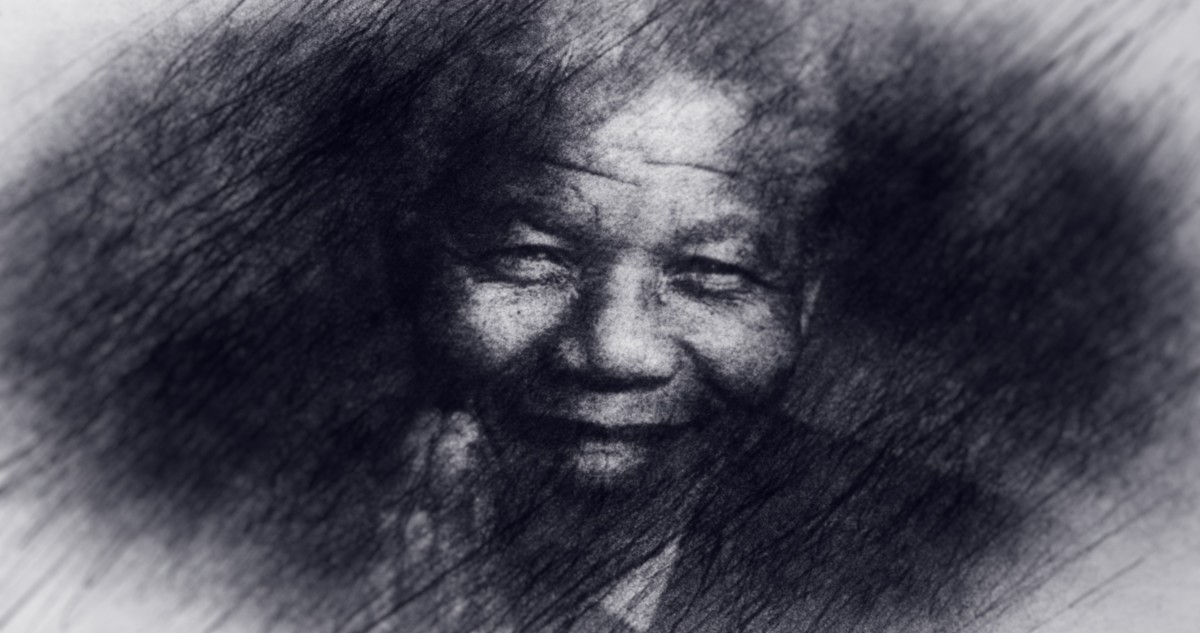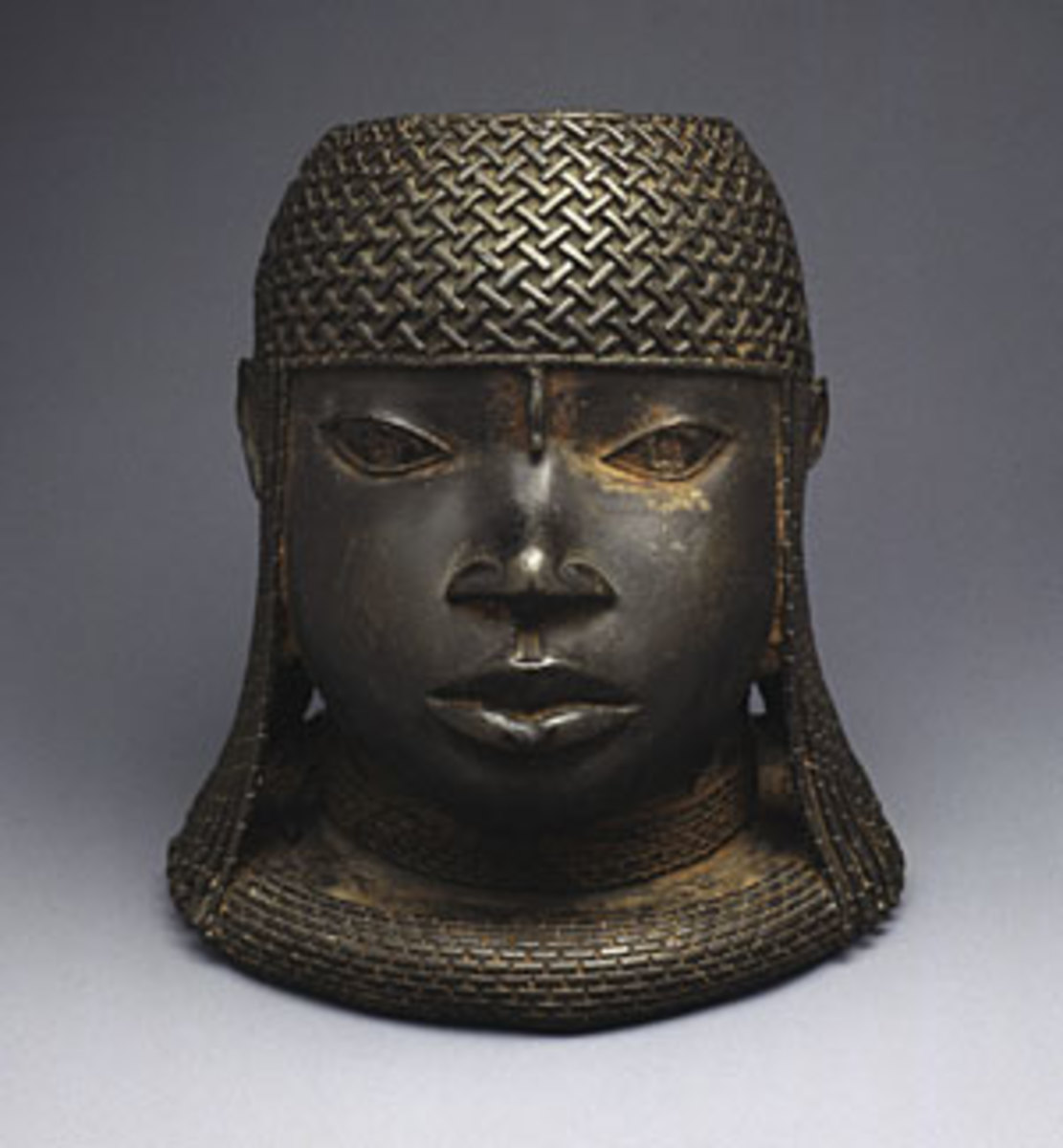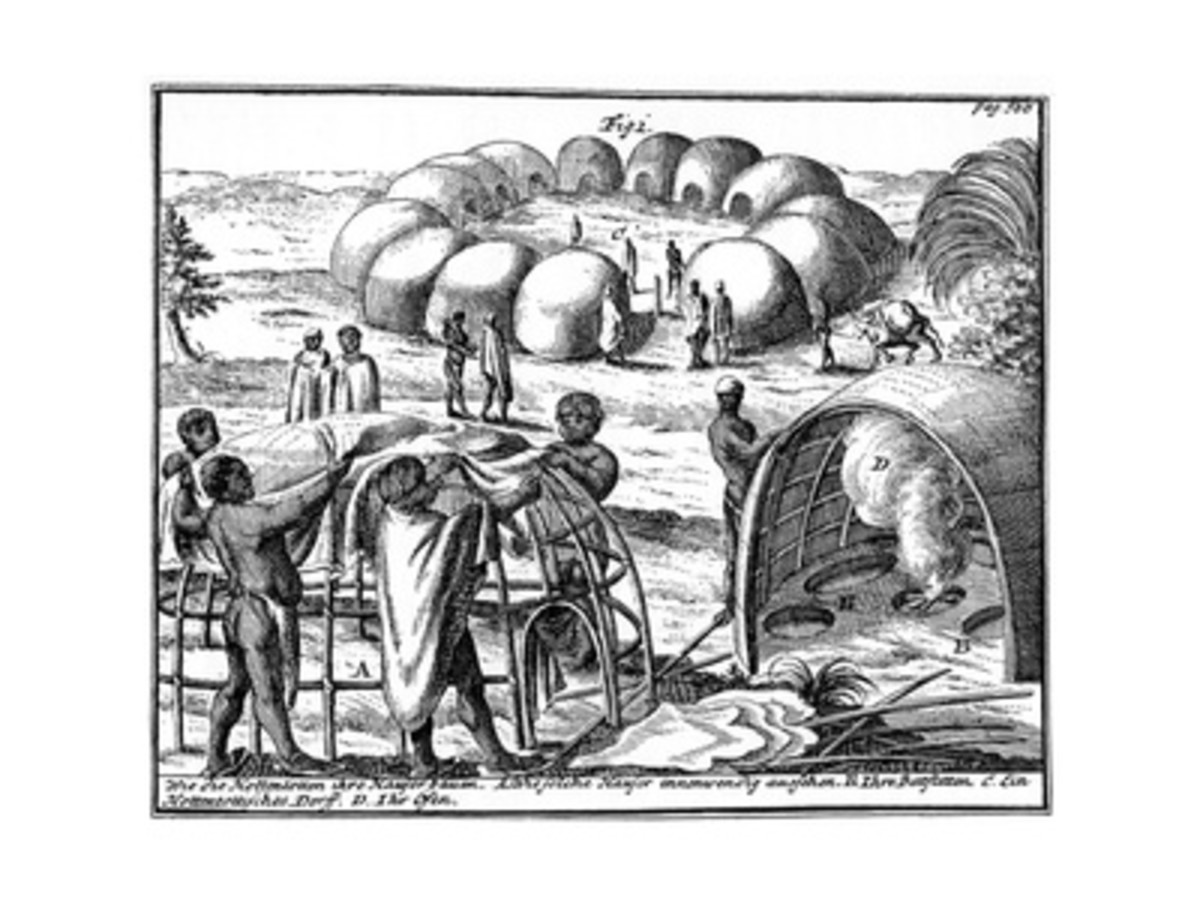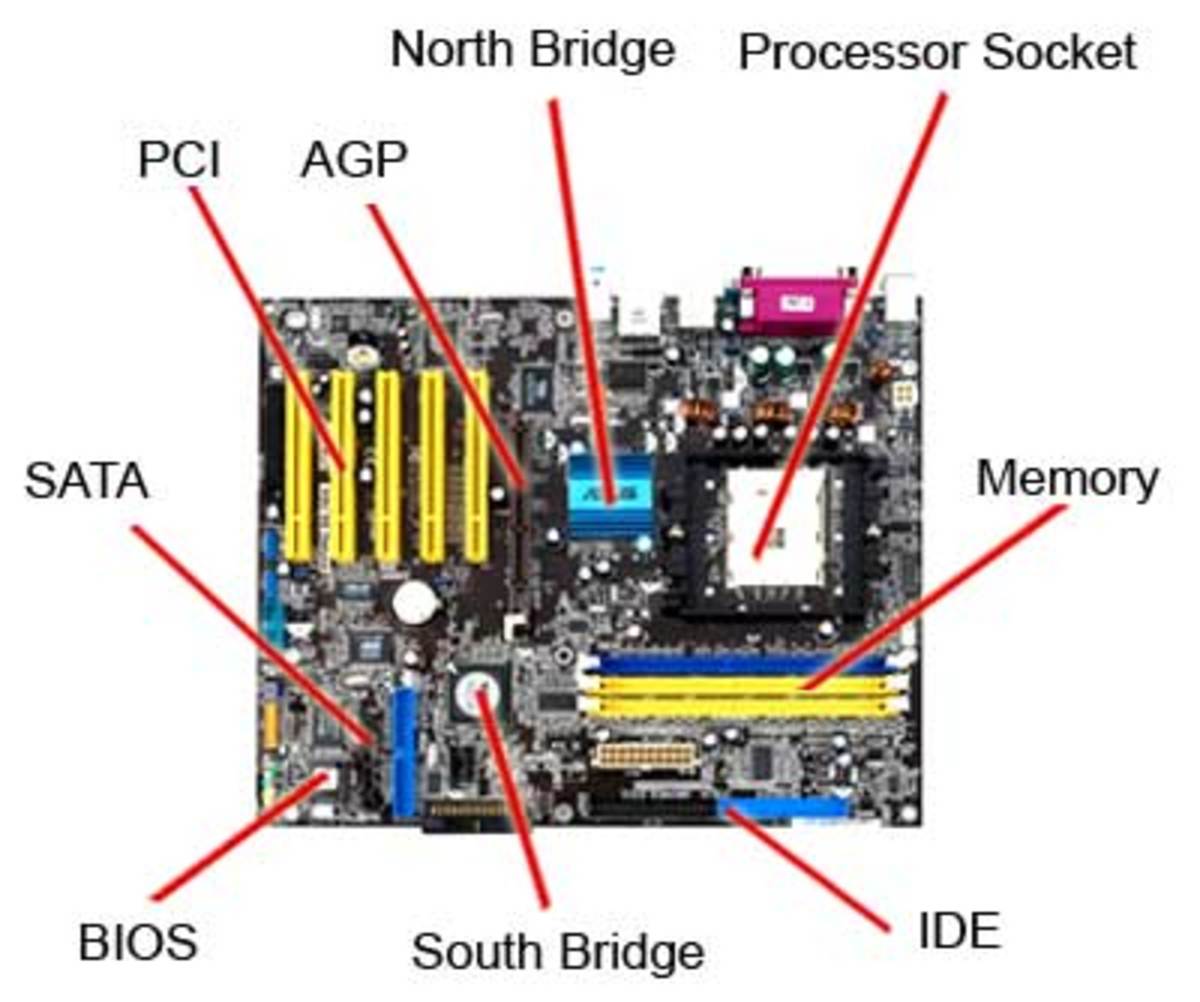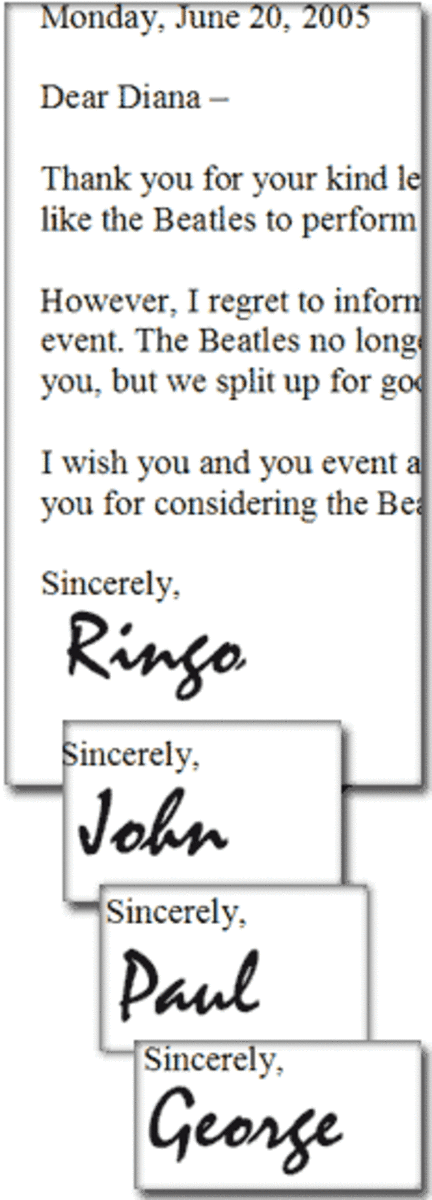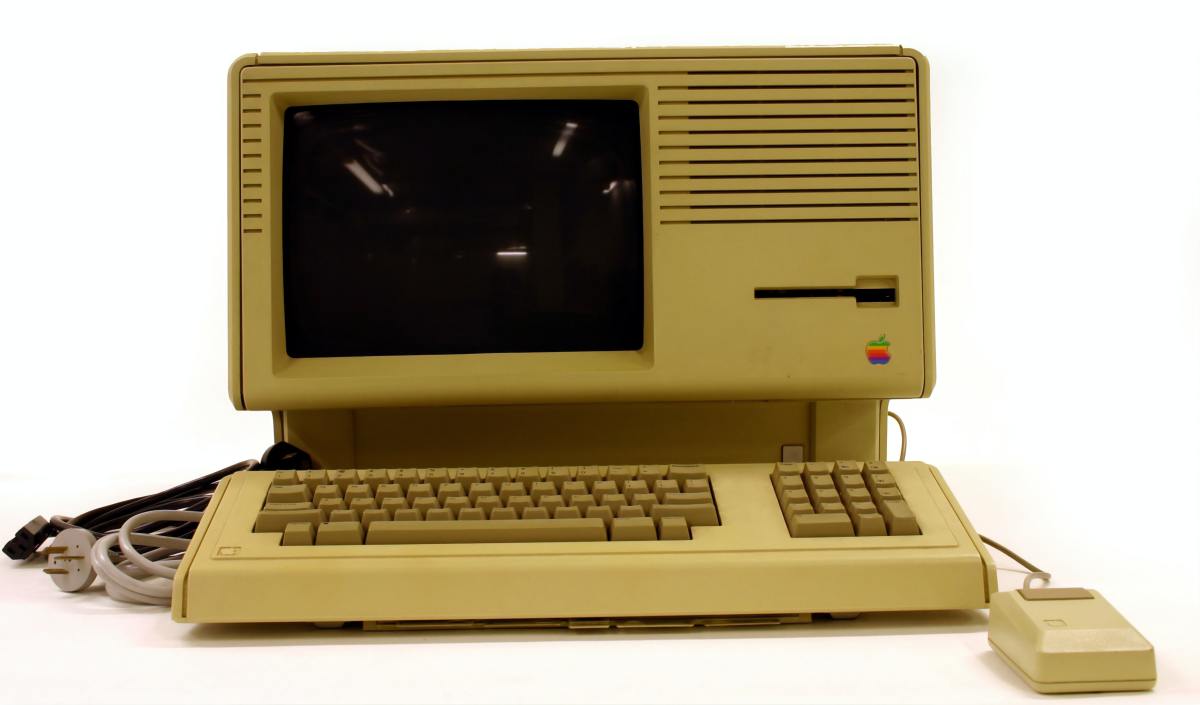The Rise of the African Chatbot
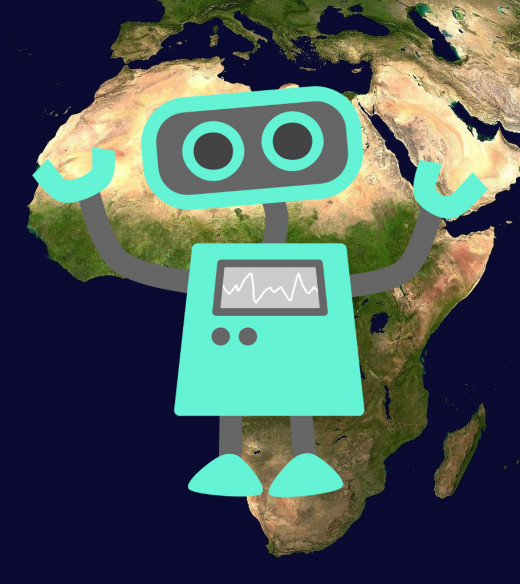
It can sometimes be overwhelming to imagine the journey of the African Chatbot. It must overcome a multitude of complex obstacles to thrive on this continent. It must learn to communicate in a linguistically diverse environment and it must overcome socio-economic barriers.
In 2016, the chatbot hype hit South Africa and a great amount of insight and innovative thinking is required to make the African Chabot a successful integration onto society – becoming multilingual, knowing what its most sought after purpose is and how to reach the maximum amount of users.
Multilingual challenges and opportunities
South Africa has eleven official languages and the majority of South Africans are not only bilingual, but multilingual. Furthermore, English is the accepted language for businesses and the administration even though it is only the fourth most spoken language in South Africa. The challenge of the developer of a chatbot is then to reconcile this language gap in order to present the product to a larger audience. An audience which accounts for more speakers than those of English, namely speakers of IsiZulu, IsiXhosa and Afrikaans.
The solution is bitter sweet. Let’s start with sweet: English is becoming an increasingly domestic language meaning that English is slowly replacing Bantu languages as a second or home language. This is a result of English being prioritised as a second language through education and the labour force. This doesn’t sound sweet for linguistic diversity but it is sweet for chatbot developers because business is predominately conducted in English. Additionally, English as a lingua franca is accepted by millions of South Africans.
The bitter side: Multilingualism has not disappeared and it is more advantageous to build a multilingual AI than not to. Developing a multilingual bot takes a lot of time and money - employing a spectrum of experts across multiple disciplines. These experts are needed to fill the gap of linguistic and cultural knowledge of the developer in order to develop a holistic and comprehensive AI.
The bitter side or challenge of developing a multilingual AI that involves 100 times more work than a simple non-learning chatbot is also sweet. It is sweet because it presents an opportunity to reach a wider audience.
Common usage
The most common use of a chatbot in South Africa would be to alleviate the workload of staff who do repetitive tasks. These tasks include helpdesks, customer services and other tasks that can just as easily be automated. This allows staff to focus on more strategic work.
Furthermore, at the end of 2016, there were 293.8 million users of smartphones in Africa and 929.9 million users are estimated by 2021. A large portion of users utilise their smartphones for financial purposes. The introduction of chatbots for these purposes allows for a more convenient and more informative way of completing a task using a smartphone such as transferring money, making inquiries and communicating with a helpdesk or call centre.
Zero-rated data
The African Chatbot needs to make its way into the hands of as many users as possible and zero-rated data might be the way to do that. It is in essence toll-free data, which means using mobile apps on your smartphone without paying for data. Although paying for data has generally not deterred users from using mobile apps, there are a few benefits to zero data fees.
Research ICT Africa found that a key obstacle to internet access in South Africa and other African countries is affordability, however, awareness of zero-rated data is low and is also met with skepticism. Users are more inclined to opt-in to cost saving mobile plans. Other hindrances to reaching a wider audience include the following: lack of digital skills, illiteracy, limited access to electricity and poor network coverage in rural areas.
It is Facebook’s belief that zero-rated data will increase internet usage and bring about new users. Their research has found a 50% (average) increase in new users after the introduction of ‘Free Facebook’. Their research has also shown that many of those who started to use ‘Free Facebook’ have gone on to paying for their data with the use of other mobile apps. This is also evident in MTN giving their customers access to Twitter free of charge, which increased the number of new Twitter participants.
According to Giuseppe Virgillito, FNB Digital spokesperson: “We believe that access to data or airtime should not be a barrier to safe and convenient banking for South Africans. The zero rating of the app is in line with our broader strategy to migrate customers to digital and electronic channels where a number of transactions and services are already offered free of charge.” It is, therefore, not a stretch then to say that zero-rated financial apps (services largely used by the African population) would increase participation, as well as reach a wider audience.
Years after its arrival, it is clear that the African Chatbot is rising. It is becoming a multilingual, service providing, free member of society.
This content is accurate and true to the best of the author’s knowledge and is not meant to substitute for formal and individualized advice from a qualified professional.
© 2020 Chante van Biljon


